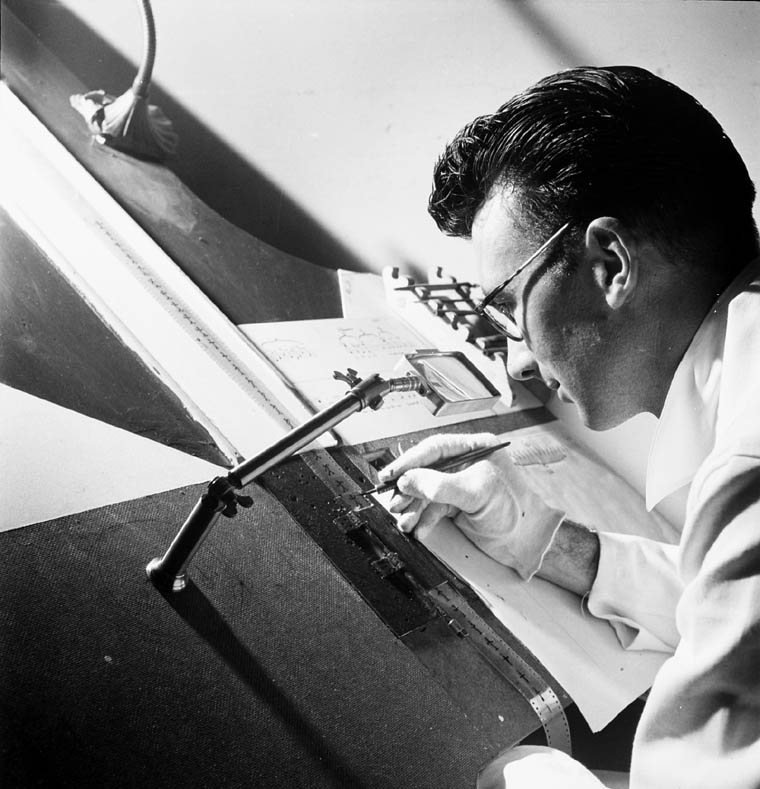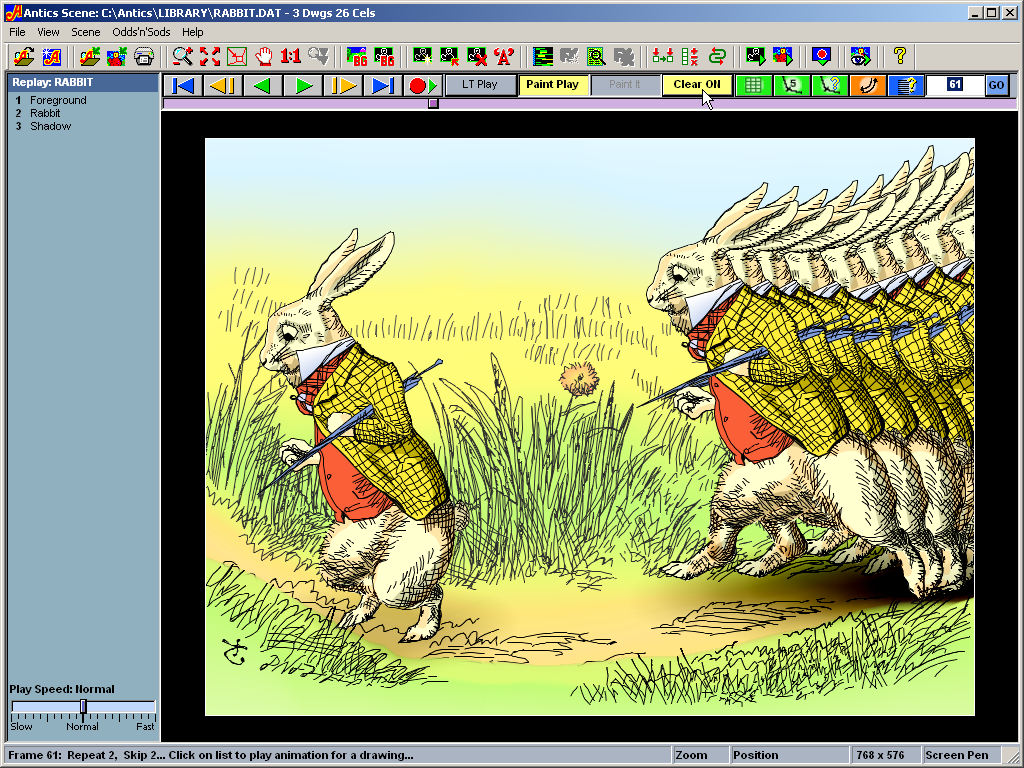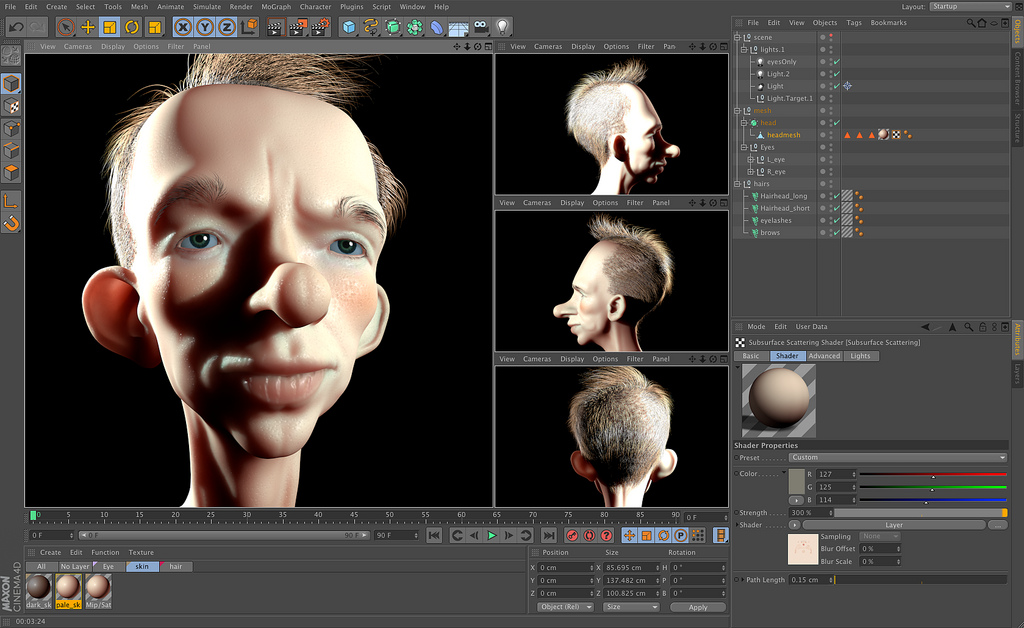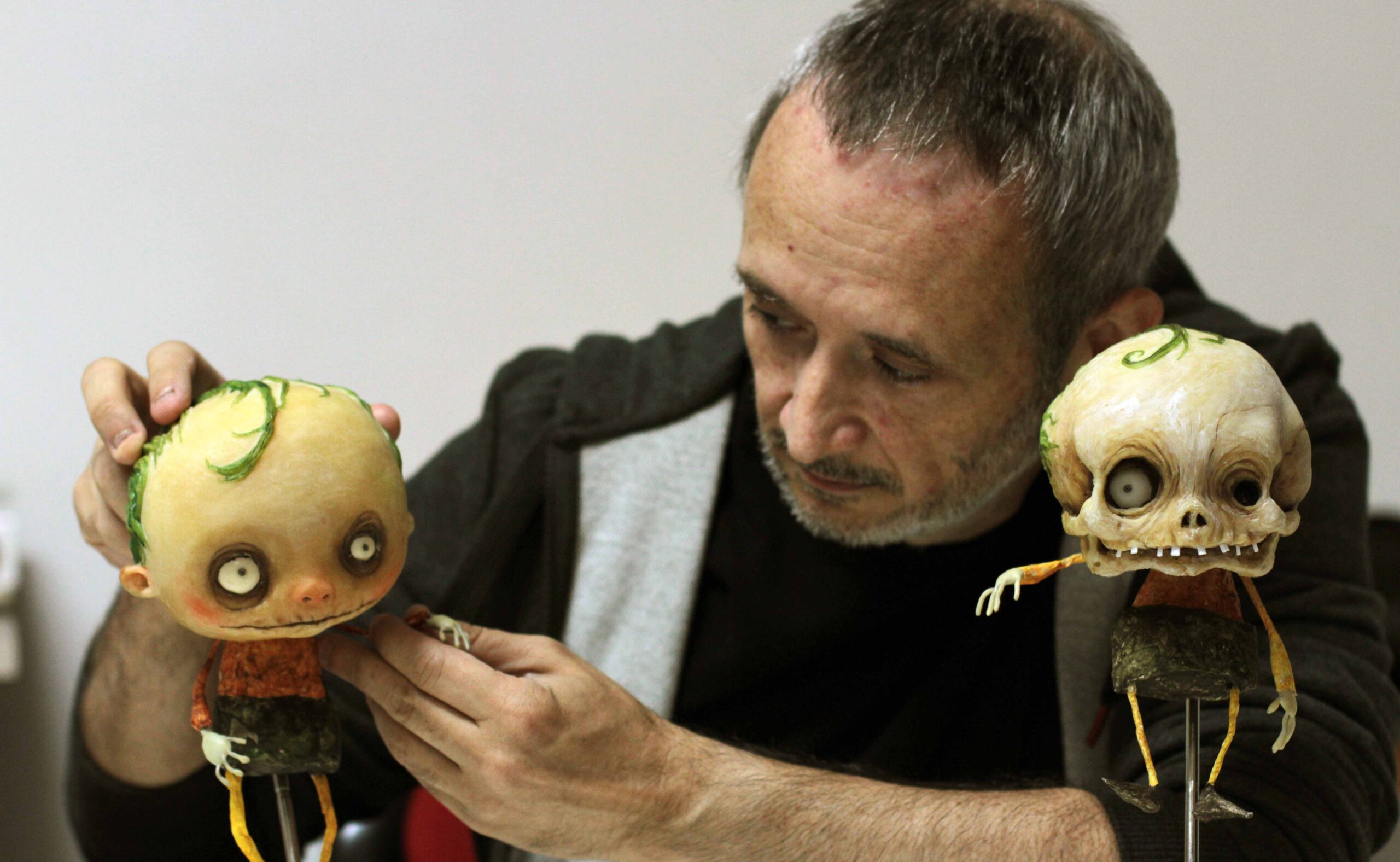As you pursue your 3D animation and visual effects studies with NYFA’s Animation School, it’s important to understand the history and techniques that shaped the field of animation and led to the development and popularity of today’s advanced technology. Whether it’s the cartoons we re-watched as a kid or the flipbooks we bought, the cute adverts on TV tempting us to buy certain products or even the “Madagascar” and “Ice Age” films we love to watch in 3D, animation is an integral part of how we understand storytelling. As you develop your 3D animation and visual effects skills, understanding the principles of other types of animation can open you to new ideas and inspirations. After all, animation is more than cinema — comics, games, graphic novels and even some toys borrow from this tradition. And your animation work can find inspiration in all kinds of places, as well.
Broadly speaking, there are five types of animation. As you develop your animation skills, interests, artistic vision, and software expertise, you can learn to draw from various theories and traditions in animation as you develop your own signature style.
1. Cel (Celluloid) Animation
This is the original hand-drawn cel animation where the artist literally has to draw thousands of images on special paper and have them photographed, frame by frame. Before the digital revolution, traditional animation was the norm of the industry, including Disney.
Traditional animation is a great skill to have in your arsenal, especially if you particularly enjoy traditional media: color pencils, glass painting, water colors. The main drawback to traditional animation is that it’s a very lengthy process. However, don’t let the old-world flavor of this style put you off, as there’s plenty of inspiration to draw upon within this style of animation: take a look at A-ha’s music video “Take on Me” and the breathtaking Aleksandr Petrov film “The Old Man and the Sea,” based on the Hemingway tale.
2. 2D Animation
This is vector-based animation, and has two distinct advantages: it is cheap and easy to access. You need a basic understanding of key frames and know how to use Adobe Animate CC.
3. 3D Animation
3D animation and visual effects are, quite simply, the way of the future. 3D animation operates on different principles, and is more akin to puppetry than traditional animation. For this, you need to learn how to digitally model a character, sculpt it perfectly and give it a skeleton that you can move and manipulate. You’ll have to pose the model at certain frames, and then let the computer do the rendering.
Why is 3D animation so important to understand? Those who want to break into the industry frankly must master the ins and outs of 3D animation. CGI has become the norm for all blockbuster animated movies and in certain live-action sequences which requires a lot of VFX, because of its attention-to-detail and realism. This is why NYFA focuses on 3D animation and VFX, offering aspiring animators the training they need to develop professional skills.
4. Motion Graphics
This visual effect technique involves moving graphic elements such as text or logos, mostly using software such as After Effects.
Works Best For: Those working in the advertising industry or doing multimedia projects, or even designing the opening of film titles.
5. Stop Motion
Stop motion is like traditional animation, except instead of drawing, you have clay models and a set that you have to carefully manipulate to produce animation. Stop motion can also be done with puppets, cut-outs, silhouettes and even action figures. In the past, stop motion was used as a form of special effects for live-action films, and has largely been replaced by 3D animation and visual effects work. However, there are filmmakers — like Tim Burton — who work almost exclusively with stop-motion. Think: Laika Films’ “Coraline,” “ParaNorman,” and recently “Kubo and the Two Strings.”
For aspiring animators, stop motion can be a wonderful medium to make art, on your own terms. Stop motion has its own flavor, which can’t quite be reproduced in any other medium, and is extremely labor intensive — much like cel animation. Understanding stop motion can also unlock a deeper appreciation for 3D animation and visual effects.
So, as you create your own original animations, think of the film or clip that you’d like to make. Ask yourself, what should this creative product look or feel like, and how can I best achieve that? Think about your artistic skills and the great history and traditions of animation you can draw upon and experiment with inspiration from all animation styles. Ready to learn everything you can about animation? Check out NYFA’s Animation School.





